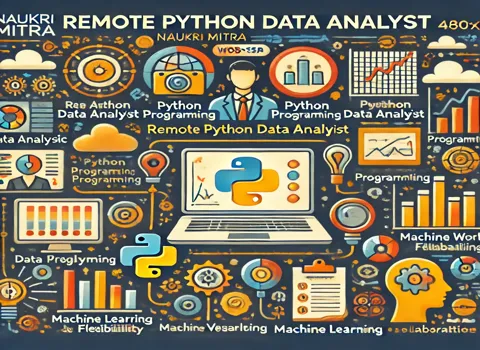Remote Python Data Analyst
Description
Frequently Asked Questions (FAQs)
What are the key challenges a Python Data Analyst faces in this role?
As a Python Data Analyst, one of the main challenges is handling large and complex datasets while ensuring data accuracy and integrity. Additionally, optimizing predictive models for efficiency and scalability can be demanding. Collaborating across different teams with varying technical expertise also requires strong communication and problem-solving skills.
How does this role contribute to business decision-making?
This role is crucial in converting complex data into meaningful information that supports critical business choices. The Python Data Analyst helps stakeholders understand key patterns and make data-driven choices that impact business growth and operational efficiency by analyzing trends, building predictive models, and developing visualizations.
What are the most commonly used tools and technologies in this role?
The role primarily involves using Python and its libraries, such as Pandas, NumPy, Scikit-learn, Matplotlib, and Seaborn, for data analysis and visualization. Additionally, working with SQL for database management, cloud platforms like AWS or Google Cloud for scalability, and tools like Apache Spark for big data processing are integral to the job.
How does the remote work setup impact collaboration and productivity?
The company fosters a collaborative remote work environment by leveraging digital communication tools, project management software, and virtual team meetings. Adaptable work schedules enable employees to achieve a harmonious integration of professional and personal life while ensuring productivity through structured workflows and real-time collaboration with team members across different locations.




